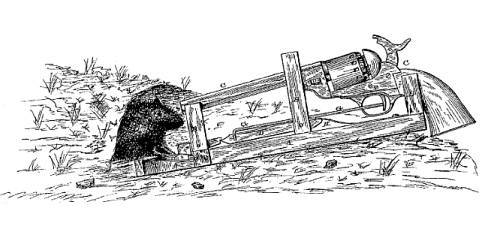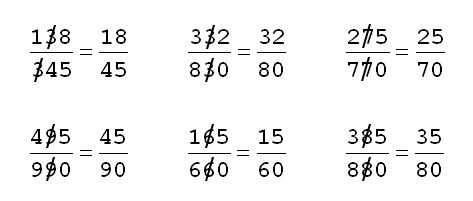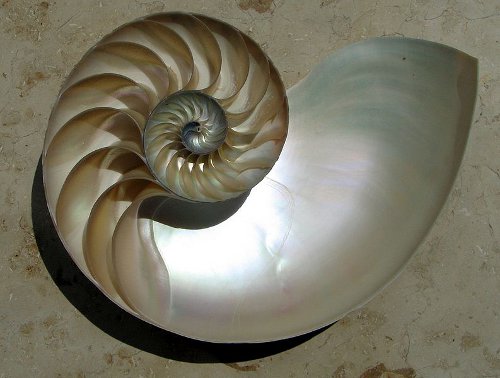That the deliverance of the saints must take place some time before 1914 is manifest, since the deliverance of fleshly Israel, as we shall see, is appointed to take place at that time, and the angry nations will then be authoritatively commanded to be still, and will be made to recognize the power of Jehovah’s Anointed. Just how long before 1914 the last living members of the body of Christ will be glorified, we are not directly informed; but it certainly will not be until their work in the flesh is done; nor can we reasonably presume that they will long remain after that work is accomplished. With these two thoughts in mind, we can approximate the time of the deliverance.
— Charles Taze Russell, Studies in the Scriptures, 1908
That the deliverance of the saints must take place very soon after 1914 is manifest, since the deliverance of fleshly Israel, as we shall see, is appointed to take place at that time, and the angry nations will then be authoritatively commanded to be still, and will be made to recognize the power of Jehovah’s Anointed. Just how long after 1914 the last living members of the body of Christ will be glorified, we are not directly informed; but it certainly will not be until their work in the flesh is done; nor can we reasonably presume that they will long remain after that work is accomplished. With these two thoughts in mind, we can approximate the time of the deliverance.
— Charles Taze Russell, Thy Kingdom Come, 1916




